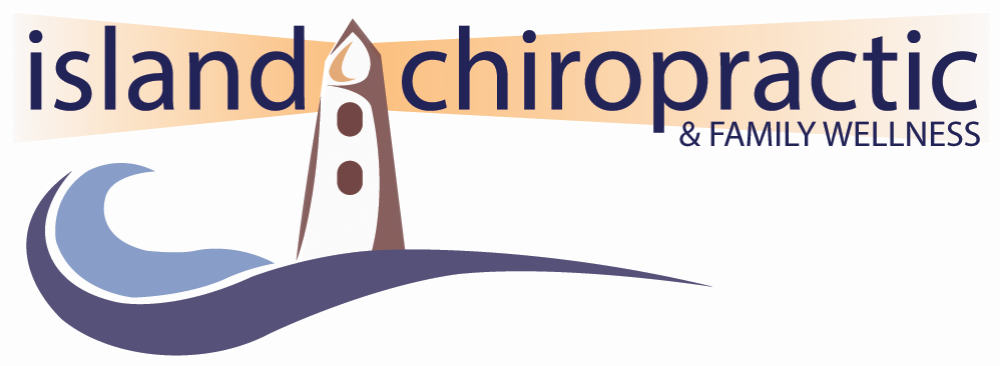Osteopenia (bone loss) and sarcopenia (muscle loss) increases as we age. While there are multiple factors at play such as hormonal and genetic, density loss is exacerbated by the “use it or lose it” principle. If muscle and bone mass is not being utilized and maintained by activity, the body will break down those tissues to redistribute resources elsewhere or allow disposal as waste. The body is efficient to a fault and won’t spend time and energy maintaining what we don’t utilize. Unfortunately, this means most older adults start to experience weakness, bone breaks, unsteadiness, falls, decreased coordination, etc. This is where healthy habits really start to pay off and poor habits catch up to us. Simply put, if we want to minimize these risks we have to invest in ourselves now and maintain it as we age.
A huge modifiable risk factor for density loss is mechanical use. Working the bones, joints, and muscles of the body ensures they are maintained and ready for use in daily life.
We all want to be able to live independently for as long as possible. Washing and dressing ourselves requires a large range of motion; we’ll need to lift our arms above our head, reach behind our back, and reach down to our toes. Getting on and off the toilet, in and out of the tub, up and down the stairs, and on and off the floor all require strength and stability. Household maintenance sweeping/vacuuming/mopping, dishes, laundry, cooking, etc. require mobility, strength, and endurance.
Exercise doesn’t have to be expensive, complicated, or time consuming (or boring!).
Remind yourself of its purpose and that the effort now is an investment into your long term wellbeing. Having an important goal can help with motivation. Find ways to incorporate achievable and purposeful movement into your day. Maybe 20-30 minutes/day is difficult all at once but breaking it down throughout the day becomes attainable!
Finding ways to move your body in daily life can include
Take the stairs where possible
Get some steps in while brushing your teeth
Do some wall push ups or planks while waiting for the kettle/pot to boil
Do some calf raises while washing dishes
Use the jars and cans for dinner to do a few bicep curls
Use the broom handle for range of motion shoulder stretches when you sweep
Practice getting down on the floor and back up again
Work on some range of motion/stretches while watching TV
Do some chin tucks and neck stretches while stopped at a red light
Do a few lunges while vacuuming
Do some squats between folding laundry
Practice bending from the hips (not back) while loading/unloading the dishwasher
Do some butt-kicks or high knees while moving between rooms
Use a farmer’s carry to transport your groceries from store to car to home
Getting “fit” and exercising can be intimidating, focus on increasing daily movement and it will become habit over time. It is important to start implementing small changes each day, which will start to accumulate!
If exercise is new for you, there are many ways to modify the movements of “classic” exercises while you build up strength and endurance. It’s also important to find what interests you: Going to the gym? Taking a fitness class? Meeting up with friends to hike? When we enjoy the activities we’re doing, we are more likely to keep doing them!
If you want to get moving but are unsure where to start, give the clinic a call and we can help you incorporate activity into your daily life.
Exercise classes available Monday, Tuesday, Wednesday, Friday 10am at Our Lady of Fatima Church - to learn more call 902-270-7022.
Resources:
Mekenna Bowers

